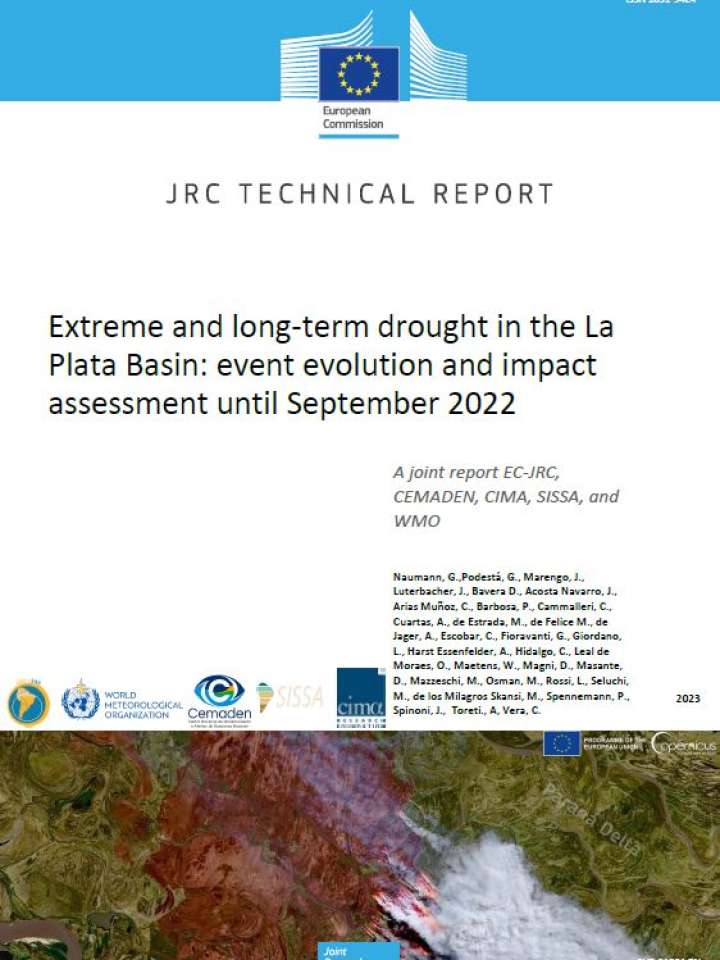This report focuses on the latest drought conditions in the La Plata basin, their evolution, their drivers, and their impacts. The relevance of regional efforts for monitoring, forecasting and mitigating the effects of droughts are also discussed. The current drought conditions across the Parana-La Plata Basin (LPB) in Brazil-Argentina have been the worst since 1944. While this area is characterized by a rainy season with a peak from October to April, the hydrological year 2020-2021 was very deficient in rainfall, and the situation extended into the 2021-2022 hydrological year.
Below-normal rainfall was dominant in south-eastern Brazil, northern Argentina, Paraguay, and Uruguay, suggesting a late onset and weaker South American Monsoon and the continuation of drier conditions since 2021. In fact, in 2021 Brazilian south and south-east regions faced their worst droughts in nine decades, raising the spectre of possible power rationing given the grid dependence on hydroelectric plants. The Paraná-La Plata Basin drought induced damages to agriculture and reduced crop production, including soybeans and maize, with effects on global crop markets. The drought situation continued in 2022 in the Pantanal region. Dry meteorological conditions are still present in the region at the end of September 2022 with below-average precipitation anomalies. Soil moisture anomaly and vegetation conditions are worst in the lower part of the La Plata Basin.
